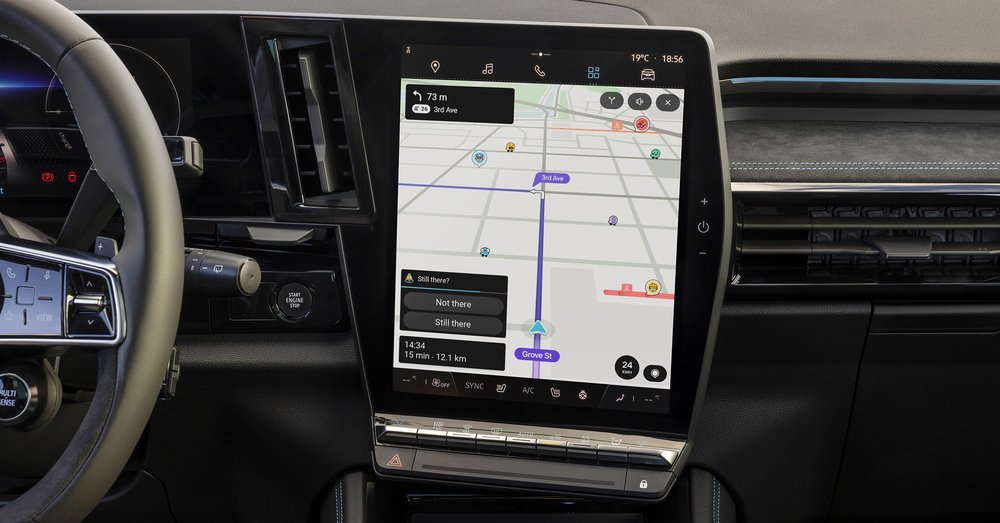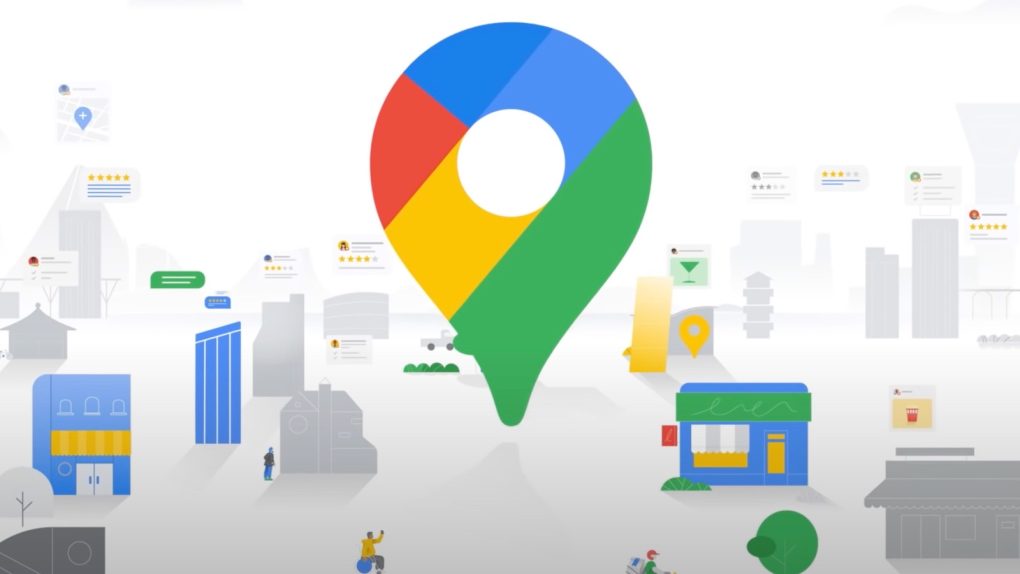Google operates two of the most popular navigation apps out there, Google Maps and Waze. It developed the first one from the ground up and acquired the second in 2013. Waze has always had a key advantage over Google Maps: support for crowd-sourced incident reporting. This lets the app adjust your route in real-time based on the most current data.
But in recent years, Google has started adding Waze features to Google Maps, and vice-versa. A new report now claims that Google will go one step further to streamline its navigation app development and merge the Google Maps and Waze teams. Thankfully though, the apps will continue to exist separately, side by side.
Google is looking to streamline operations and cut costs by merging Google Maps and Waze. A spokesman told The Wall Street Journal that Waze’s team of more than 500 people will join the Geo organization on Friday. The latter manages Google Maps, Earth, and Street View.
Waze CEO Neha Parikh will leave her role after a transition period. But Google will not fire anyone from the Waze team in the process. Christopher Phillips, who leads the Geo team, will also oversee Waze.
Google wants to reduce overlapping mapmaking work across Google Maps and Waze, the company told The Journal. But the company will not make any dramatic changes to Waze or fold it into Google Maps.

“Google remains deeply committed to Waze’s unique brand, its beloved app and its thriving community of volunteers and users,” the spokesperson told the paper.
Waze was Google’s fourth-largest deal in 2013 when Google purchased it for $1.1 billion. The app has more than 151 million monthly active users right now, which gives Google a great incentive not to alter the Waze experience too much. There’s definitely room for both Waze and Google Maps to coexist.
The restructuring move is likely part of Google CEO Sundar Pichai’s efforts to streamline operations. He said in September that he wants Google to become 20% more productive to better deal with the current economy. Pichai said back then that Google might merge teams that work on overlapping products.
It’s too early to tell how Google’s two navigation experiences will be impacted by the merge. But you can rest assured that you’ll be able to continue using both apps on your devices for orientation and navigation for quite some time to come.








